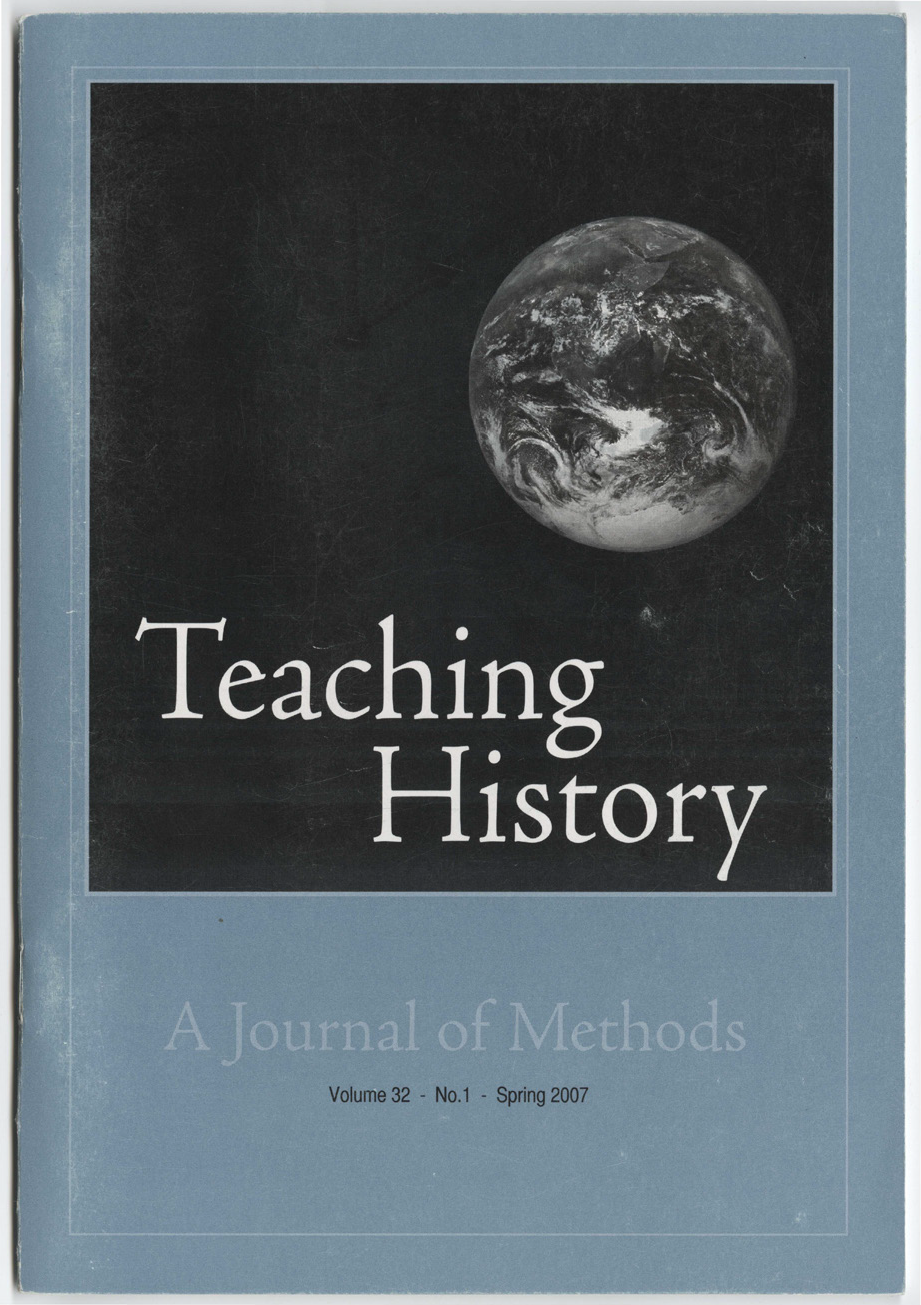Adding Hollywood To The American History Survey
DOI:
https://doi.org/10.33043/TH.32.1.41-44Abstract
The Fog of War, Errol Mann, director, 2003.
The New World, Terrence Malick, director, 2005.
Apocalypto, Mel Gibson, director, 2007.
The movie critic and the history teacher do not look for the same things in films. Dialogue, plot, and denouncement for the critic give way to context, significance, and example for the teacher. The virtue of continuity for the critic yields to the teacher's need for the episode that accentuates the lecture's main points. The critic avoids missing a moment of a film; the teacher often will defeat his or her purpose if a selected film clip takes more than a few minutes from class time. A clip that runs too long can jeopardize classroom context and revert to a movie instead of an illustration or commentary on the lesson at hand. But, when used judiciously, film excerpts can provoke students' critical thinking about course materials, whether lecture, images, map study, primary-source analysis, or text. The purpose of this review is not to judge overall quality of The Fog of War, The New World, and Apocalypto, but to identify and evaluate selected segments from the three films for their usefulness in the American history survey.
Downloads
Downloads
Published
How to Cite
Issue
Section
License
Copyright (c) 2007 Steve Blankenship

This work is licensed under a Creative Commons Attribution-NonCommercial-NoDerivatives 4.0 International License.
By submitting to Teaching History, the author(s) agree to the terms of the Author Agreement. All authors retain copyrights associated with their article or review contributions. Beginning in 2019, all authors agree to make such contributions available under a Creative Commons Attribution-NonCommercial-NoDerivatives 4.0 International license upon publication.



